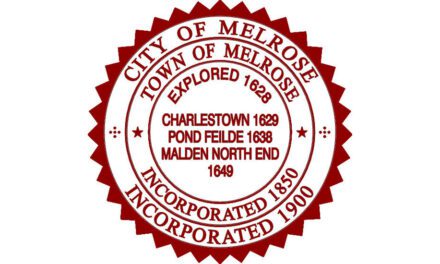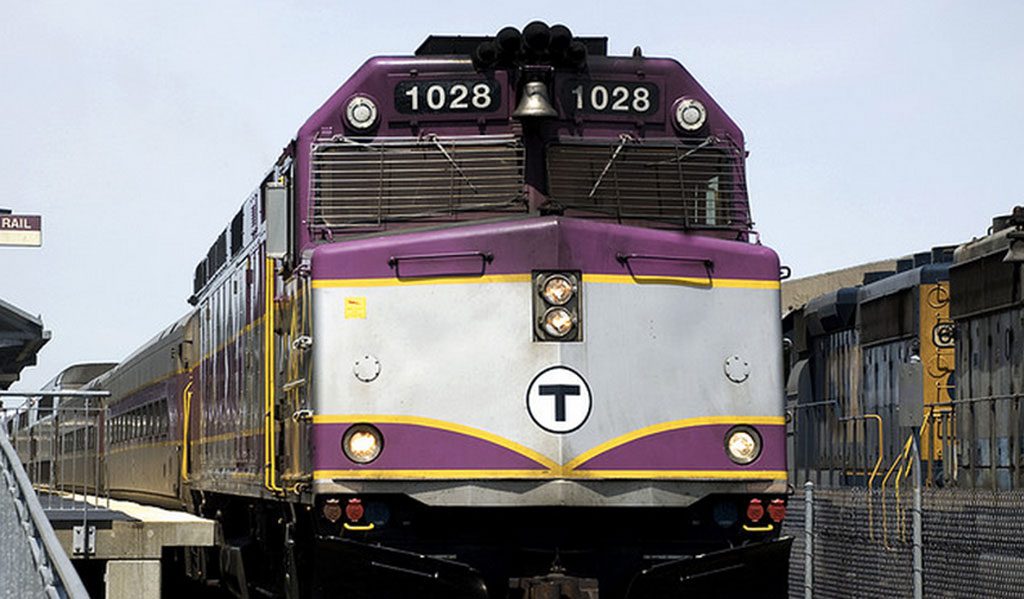Published May 8, 2020
MELROSE — The city’s educational overseers decided this week to seek the financial middle ground as they face an indefinite period of funding uncertainty resulting from the all-encompassing devastation wrought by the coronavirus pandemic.
On Tuesday, the School Committee approved a $36,976,124 spending plan for the 2020-21 academic year, down over $1 million from what Supt. of Schools Cyndy Taymore originally proposed back in February, when things were very different.
Taymore’s original budget recommendation — $38,171,104 — was created to run a school system that needs to deal with significantly rising enrollment, handle a 5 percent special education tuition increase, fund a nearly 50 percent hike in the cost of transporting local kids to out-of-city special education programs and meet over $600,000 in negotiated agreements with its employees. It represented a 5.6 percent increase in funding over what the schools are working with currently.
But faced with the likelihood of major state funding reductions because of the total shutdown of the economy due to the pandemic, school administrators whittled away at the request over the last couple of months.
The $37 million plan approved this week has $232,795 worth of additional positions over the current schools’ appropriation, compared to $730,053 in new positions called for under the original budget request.
Administrators came up with three budget scenarios. Budget A was Taymore’s originally proposed spending package. Budget B was a much leaner plan, representing a 1.5 percent increase over current spending. Budget C was the one the school board unanimously approved this week.
The approved budget has two categories: payroll ($31,714,329) and non-payroll ($5,261,795). In a memo, schools’ Director of Finance and Administrative Affairs Leia DiLorenzo-Secor recommended the budget because it “recognizes the tremendous uncertainty that we are facing and seeks to maximize flexibility to respond to whatever needs we confront in the school year, and to allow us to adapt, in consultation with the Committee, should reductions become necessary.”
Budget C, Taymore writes in a memo to the school board, is level-funded with this year with the exception of spending for enrollment positions in areas such as special education. It also includes contractually-obligated raises called for in current bargaining agreements; one new elementary school position required to meet enrollment challenges; 4.6 new positions in special education, art and music to accommodate increasing enrollment; an 8.1 percent increase in contractual services for anticipated special education services and transportation, and a whopping16.6 percent cut to equipment and technology, and a 16.2 percent cut in districtwide materials and supplies.
In an aside, Taymore adds that the increase in contractual services are based on city obligations that “are very unclear at this time due to state budget funding uncertainties and related reimbursements.”
The state’s financial health is directly related to the city’s. And the news isn’t good.
Earlier this week, it was reported that state tax collections tumbled in April by more than $2.3 billion compared to last April, another sign of the damage inflicted on the economy and the state’s finances by forced business shutdowns aimed at slowing the spread of COVID-19.
According to the State House News Service, Revenue Commissioner Geoffrey Snyder late Tuesday announced that collections last month totaled $1.981 billion, down 54 percent, or $2.34 billion, when compared to April 2019. Some of the decline stems from the state’s decision in late March to push the April 15 income tax filing deadline to July 15.
April is typically the biggest month of the year for collections. The decline in revenue comes 10 months into fiscal 2020, a budget year where the state had been on track to possibly produce a surplus, before the pandemic struck.
Now, officials are poised to embrace short-term borrowing to offset some of the decline in receipts, with House and Senate leaders showing more interest in passing a borrowing authorization bill filed by Gov. Charlie Baker in late March.
With hundreds of thousands of Massachusetts residents suddenly jobless during the pandemic, income taxes last month were down by nearly $2.1 billion, or 65 percent, compared to April 2019, accounting for most of the year-over-year decline for the month.
It’s unclear how much of the revenue plunge is attributable to the postponed filing deadline, and how much stems from the drop in economic activity.
The state reported Tuesday that the Department of Revenue received 24 percent fewer income tax returns through April 30 than the same period last year.
Evan Horowitz, executive director of the Center for State Policy Analysis at Tufts University, said that as much as 80 percent of the April drop may be attributable to the deferred tax-filing deadline, but added that “the slowdown is big.” Horowitz said the latest income tax withholding and sales tax data suggested people are still earning money but not spending it, which he said may help with demand during a potential recovery.
With two months left in the fiscal year when the state has spent most of its more than $43 billion budget, tax collections are running 6 percent, or nearly $1.5 billion, behind the same 10-month period in fiscal 2019.
Hit harder by the pandemic than other states, Massachusetts is still in the grips of its fight against the deadly and highly contagious virus. Economic reopening plans are being discussed with more intensity by the day, and a plan from a working group led by Lt. Gov. Karyn Polito is due this month.
Total confirmed COVID-19 cases in Massachusetts since the outbreak began surpassed 70,000 Tuesday, reaching 70,271, while 122 additional fatalities brought the death toll to 4,212





